Bioresources of Uttarakhand: Their Conservation and Management
India with only 2.4% of the world's area is home to over 8% of its biological diversity. This makes it one of the world's mega diverse countries with rich biological diversity heritage. Uttarakhand State which was created just about a decade ago encompasses a geographical area which is just 1. 63 per cent of the country's area. However the state contains 4.53 per cent of India's forest area and about 3.1 per cent of country's agricultural area. Studies have indicated that Uttarakhand is well endowed with biological resources. The book lists almost 8-10% of the countries biodiversity from the state. Uttarakhand also has a network of National Parks and Sanctuaries covering approximately 18.7% of the total area under the Forest Department clearly earmarked for Biodiversity conservation. There are also a very large number of community conserved areas including Van Panchayats. The book provides comprehensive information on microbial, floral and faunal resources of the state at the district level and also describes their ethno botanical uses. Besides the wild biodiversity the book provides comprehensive information on agricultural and horticultural diversity of the state. It also dwells on the protected area network in Uttarakhand. The study also takes into account the threats to biodiversity and the strategies and action plans for its conservation in the state. It is undoubtedly one of the few, if not the only comprehensive account of available formal sector knowledge regarding the full range of biodiversity at state level in our country.
The book would be used widely in Uttarakhand and in other states, and at the national level. It will be helpful not only to increase knowledge amongst readers but more importantly as a base for actions relating to conservation sustainable use and equity in the governance and sharing of benefits of biodiversity. It is hoped that it will form a basis for even greater understanding including through the vast traditional and evolving knowledge of local communities that inhabit this state. The book should serve the need of the civil society at large for formulating strategy and action plans for sustainable use and equitable sharing of the biological resources of the state.
Get it now and save 10%
BECOME A MEMBER

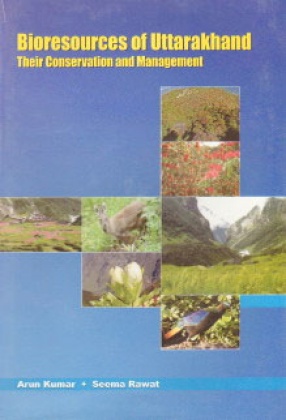

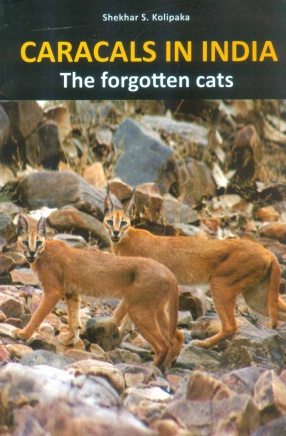
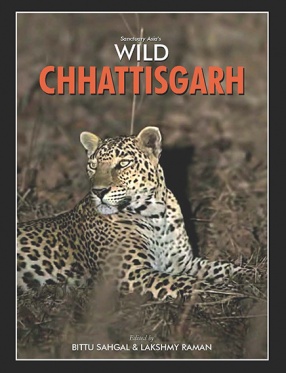
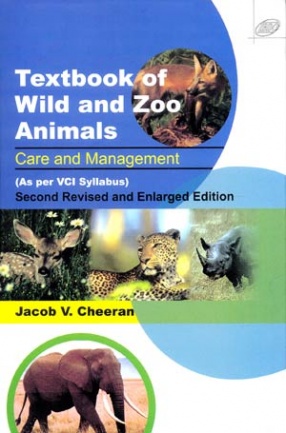
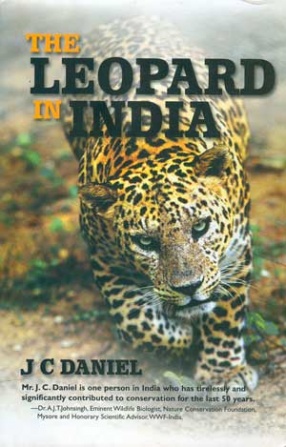

Bibliographic information
Seema Rawat